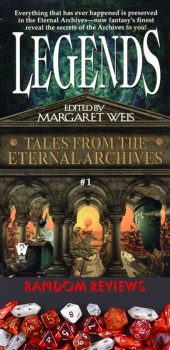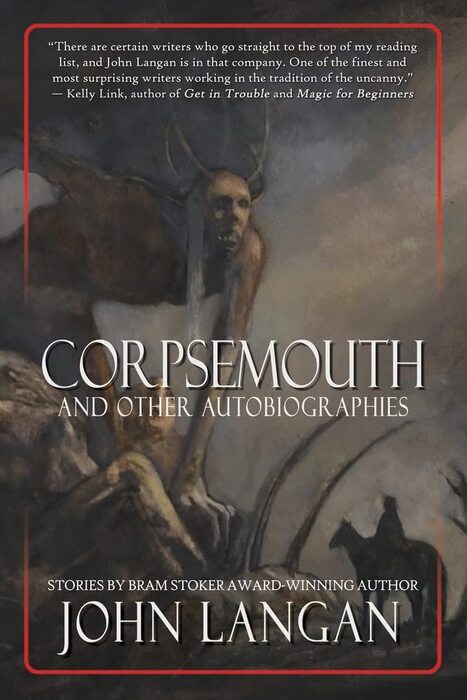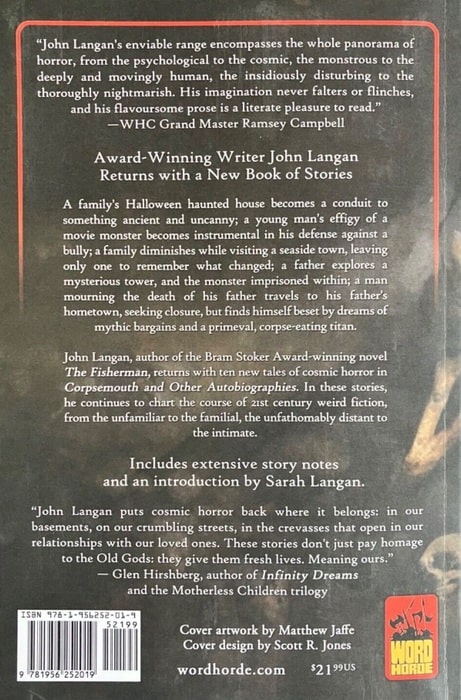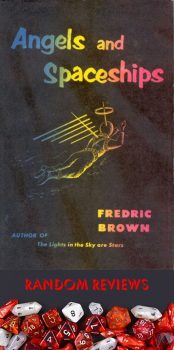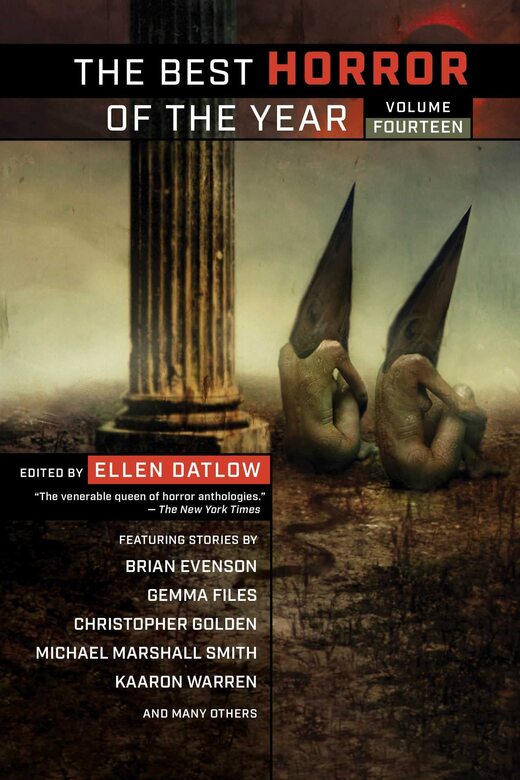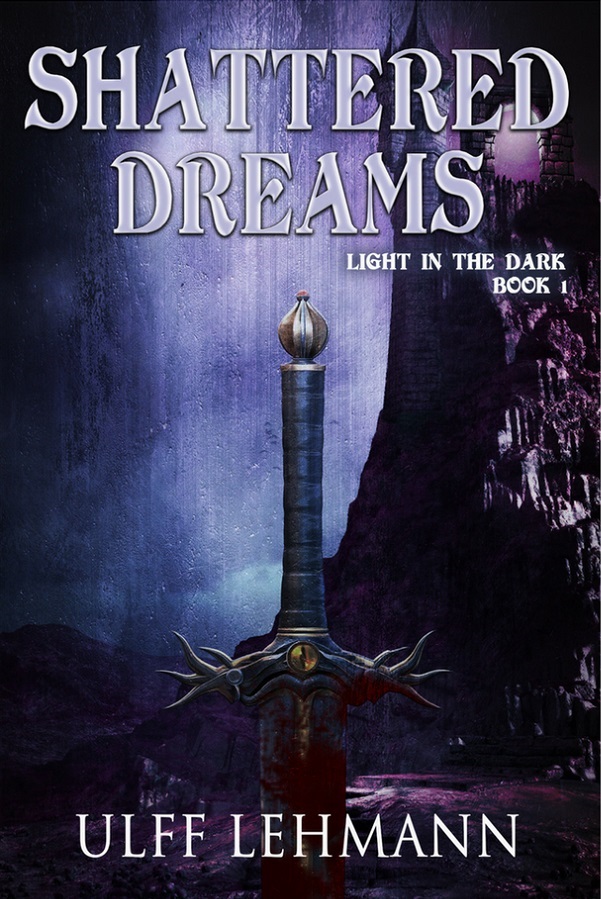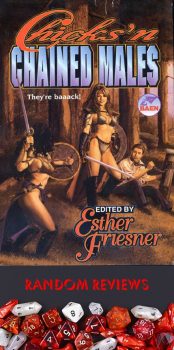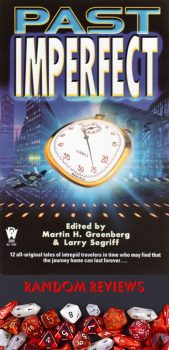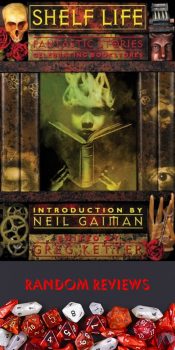Into the Woods: War on Rome: Book I, Arminius, Bane of Eagles by Adrian Cole
Donar wanted to read the depth of my anger, to plumb my sorrow at the loss of Thusnelda. I shared these things with him. What I do next, Argedestes, I do with pain like a banner above me. It is given to me. It is given to me to be the hammer of Rome.
Arminius, Bane of Eagles (2021) is the first volume of Adrian Cole’s new sword & sorcery alternate history trilogy set against the struggle between the Roman Empire and the Germanic tribes. The book begins as a slow burn, becoming an absolute raging inferno with the slaughter of three Roman legions in the Teutoburg Wald in 9 AD.
From the opening pages, Cole lets the reader know an alternate world is at hand with an extract from a letter between a Roman senator and his nephew. It describes the accidental death of 14-year-old Claudius and the funeral oration made by Horace which essayed a world where the boy might have lived and even become emperor. Of course, in our world, Claudius didn’t die in his youth, and at the age of 50 was made emperor by proclamation of the Praetorian Guard. Clearly, something strange is already afoot.
The first prelude is followed by another, this one set on the druids’ holy island, Ynys Mon. There, amidst a great gathering of British tribesmen and druids, a prophecy is pronounced: the gods of the free peoples of the North, both Celtic and German, will soon be in a war against those of Rome. In the North, a mighty warrior and leader called Sigimund will be born. In Rome, an equally powerful man will be born, a son of the imperial household, he will be known “as Germanicus, after his father, who will so name himself for the blood he will shed in the eastern lands.”
Bane of Eagles follows Sigimund, prince of the Cherusci people, son of Segimer, and better known to history as Arminius. In his youth, he and his brother Sigfrud are sent to Rome to train as soldiers and learn devotion to Rome. The Roman dream is that they will return to their people, loyal and trustworthy, and help bring the Germans, like the Gauls before them, under the eagles of Rome. While Sigfrud, called Flauvus (Blondie) by the Romans, will remain forever loyal to Rome, just as he did in the real world, Sigimund will remain loyal to the Cherusci.
…
